What are maintenance calories? This question comes up often in the world of fitness and nutrition. It’s one of the most important concepts for anyone looking to maintain their weight, whether for general health, bodybuilding, or lifestyle purposes. But understanding what is calorie maintenance and how it fits into your overall nutrition plan can be tricky.
In this article, we’ll break down everything you need to know about maintenance calories, how to calculate them, and why they matter for your health and fitness goals.
What Is Calorie Maintenance?
When you hear the term calorie maintenance, it refers to the number of calories your body needs to perform all of its basic functions while maintaining your current weight. It is the balance between the calories you consume through food and beverages and the calories you burn throughout the day.
In other words, maintenance calories are the specific number of calories you need to maintain your current weight—neither gaining nor losing any. The key here is that this number is unique to each person, depending on several factors like age, gender, activity level, and metabolism.
What Are Maintenance Calories? Breaking Down the Term
Maintenance calories are the total amount of energy you need daily to perform essential bodily functions like breathing, digesting food, and maintaining normal body temperature, as well as any physical activities you engage in. These calories include both:
- Basal Metabolic Rate (BMR): The energy your body uses to keep you alive at rest.
- Physical Activity: Energy used during any movement, from walking to exercise.
- Thermic Effect of Food (TEF): Energy used to digest and metabolize food.
The sum of these factors gives you the total number of maintenance calories needed daily.
Why Is Understanding Maintenance Calories Important?
Understanding what is calorie maintenance is crucial for anyone aiming to manage their weight. Here's why:
- Preventing Weight Gain or Loss: If you eat more calories than your maintenance needs, you will gain weight. On the other hand, consuming fewer calories than your maintenance level will lead to weight loss.
- Supporting Fitness Goals: If you're looking to build muscle or increase performance in sports, you'll need to adjust your calorie intake accordingly. Knowing your maintenance level helps you create a plan to support these goals effectively.
How to Calculate Your Maintenance Calories
Now that you understand what are maintenance calories, let's look at how to calculate them. Here are the steps involved:
1. Calculate Your Basal Metabolic Rate (BMR)
BMR represents the number of calories your body needs at rest to perform essential functions. You can estimate your BMR using various formulas, the most common being the Mifflin-St Jeor Equation:
- For Men:
BMR = (10 × weight in kg) + (6.25 × height in cm) − (5 × age in years) + 5 - For Women:
BMR = (10 × weight in kg) + (6.25 × height in cm) − (5 × age in years) − 161
2. Add Activity Level
Your total calorie needs also depend on how active you are. Here’s a breakdown of the activity multipliers:
- Sedentary (little to no exercise): BMR × 1.2
- Lightly active (light exercise or sports 1–3 days/week): BMR × 1.375
- Moderately active (moderate exercise or sports 3–5 days/week): BMR × 1.55
- Very active (hard exercise or sports 6–7 days/week): BMR × 1.725
- Super active (very hard exercise or physical job): BMR × 1.9
3. Adjust Based on Goal
To maintain your weight, simply use the calculation from the previous step. If you want to gain weight, you'll need to consume more calories than your maintenance calories (usually around 250–500 extra). For weight loss, you'll reduce your intake by 250–500 calories below your maintenance calories.
What Affects Your Maintenance Calories?
Your maintenance calorie number isn’t static—it can change over time depending on factors like:
1. Age
As you age, your metabolism tends to slow down, meaning you may require fewer calories to maintain your weight.
2. Gender
Men generally have a higher percentage of muscle mass than women, which increases their calorie needs.
3. Body Composition
People with more muscle mass generally burn more calories at rest than those with a higher body fat percentage.
4. Activity Level
The more active you are, the more calories you need. Whether it's regular exercise or an active lifestyle, physical activity significantly impacts your maintenance calories.
5. Hormones
Hormones like thyroid hormones, insulin, and leptin influence metabolism and calorie expenditure. Changes in these hormones can alter your maintenance calorie needs.
How to Adjust Maintenance Calories Based on Goals
Whether you aim to lose weight, build muscle, or simply maintain, adjusting your maintenance calories is key.
For Weight Loss
To lose weight, you’ll need to create a calorie deficit by eating fewer calories than your maintenance calories. A safe and sustainable weight loss strategy is to aim for a 500-calorie deficit per day, leading to about 1 pound of weight loss per week.
For Muscle Gain
To build muscle, you need a calorie surplus. Consuming more than your maintenance calories (but not excessively) helps you gain muscle without too much fat. Aim for a moderate surplus of around 250–500 calories above maintenance.
For Maintenance
If your goal is to stay at the same weight, your calorie intake should match your maintenance calories. This keeps the balance between calories consumed and calories burned, ensuring you neither gain nor lose weight.
Common Misconceptions About Maintenance Calories
There are a few myths surrounding what is maintenance calories, including:
-
More Calories Always Equals More Weight Gain: While it’s true that consuming more calories than your maintenance needs leads to weight gain, the quality of calories also matters. Nutrient-dense foods promote healthy weight gain, while processed foods can lead to unhealthy fat accumulation.
-
Everyone Has the Same Maintenance Calories: As mentioned earlier, maintenance calories are highly individual. Factors like genetics, body composition, and lifestyle make each person’s caloric needs different.
The Role of Macronutrients in Maintenance Calories
Although maintenance calories are important, understanding the macronutrient distribution within those calories is just as crucial. The three main macronutrients—protein, fat, and carbohydrates—serve different roles:
- Protein: Essential for muscle repair and growth.
- Fats: Important for hormone regulation and cell function.
- Carbohydrates: Provide energy for physical activities.
A balanced approach to these macronutrients is important to make sure you're nourishing your body appropriately while maintaining your calorie intake.
Why Tracking Maintenance Calories Works
Tracking your maintenance calories using apps or food diaries helps you stay accountable and mindful of what you eat. By monitoring calorie intake and expenditure, you can make adjustments more easily, leading to better results over time.
FAQs About Maintenance Calories
1. How do I know if I’ve hit my maintenance calories?
You’ll know you’ve reached maintenance calories when your weight stays consistent over a few weeks without fluctuation.
2. Can I eat anything within my maintenance calories?
Yes, as long as you’re hitting your calorie target, you can technically eat anything. However, for optimal health, focus on nutrient-dense foods.
3. Is it safe to eat above my maintenance calories?
Eating above your maintenance calories is fine if you’re looking to gain muscle or have higher energy needs. Just be mindful of how much you go over to avoid excessive fat gain.
4. Can I maintain my weight without exercise?
Yes, maintenance calories can be reached through diet alone, but exercise helps by increasing your calorie needs, improving muscle tone, and supporting overall health.
5. Should I count maintenance calories daily?
If you’re serious about weight maintenance, regularly tracking your calories can provide insights into your eating habits and help keep your goals on track.
6. What is the best way to calculate my maintenance calories?
Use a reliable calorie calculator or consult a nutritionist to find your maintenance calories, and make adjustments based on how your body responds.
Conclusion: Mastering Your Maintenance Calories
Understanding what are maintenance calories and how to manage them is key to reaching and maintaining your fitness and health goals. Whether you're looking to stay at your current weight, lose some pounds, or build muscle, knowing your maintenance calories allows you to make smarter decisions about your diet and activity level.
By keeping track of your daily calorie needs, adjusting based on your goals, and maintaining a healthy balance of macronutrients, you’re setting yourself up for success. So, take the time to calculate your maintenance calories, and watch your body thrive!





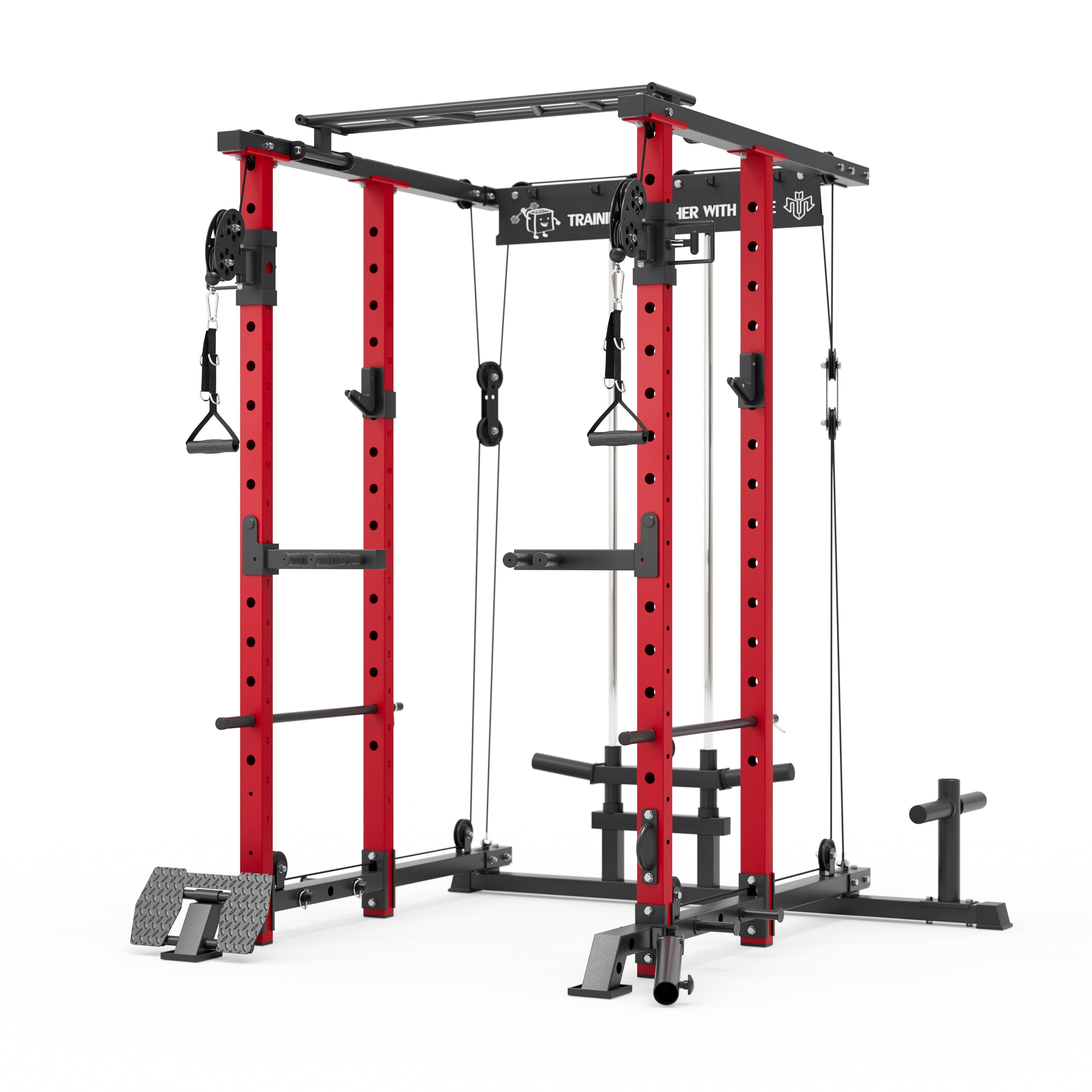
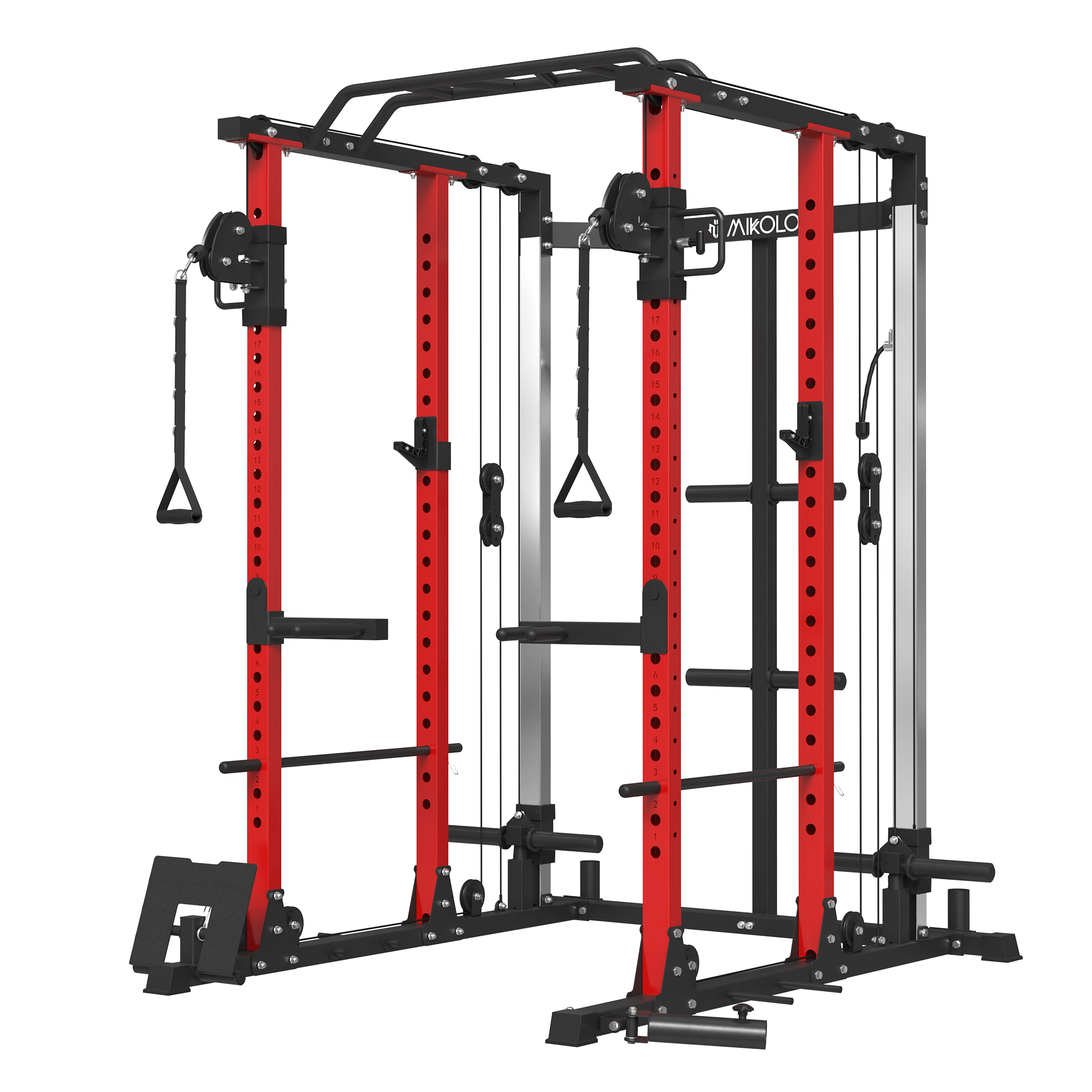

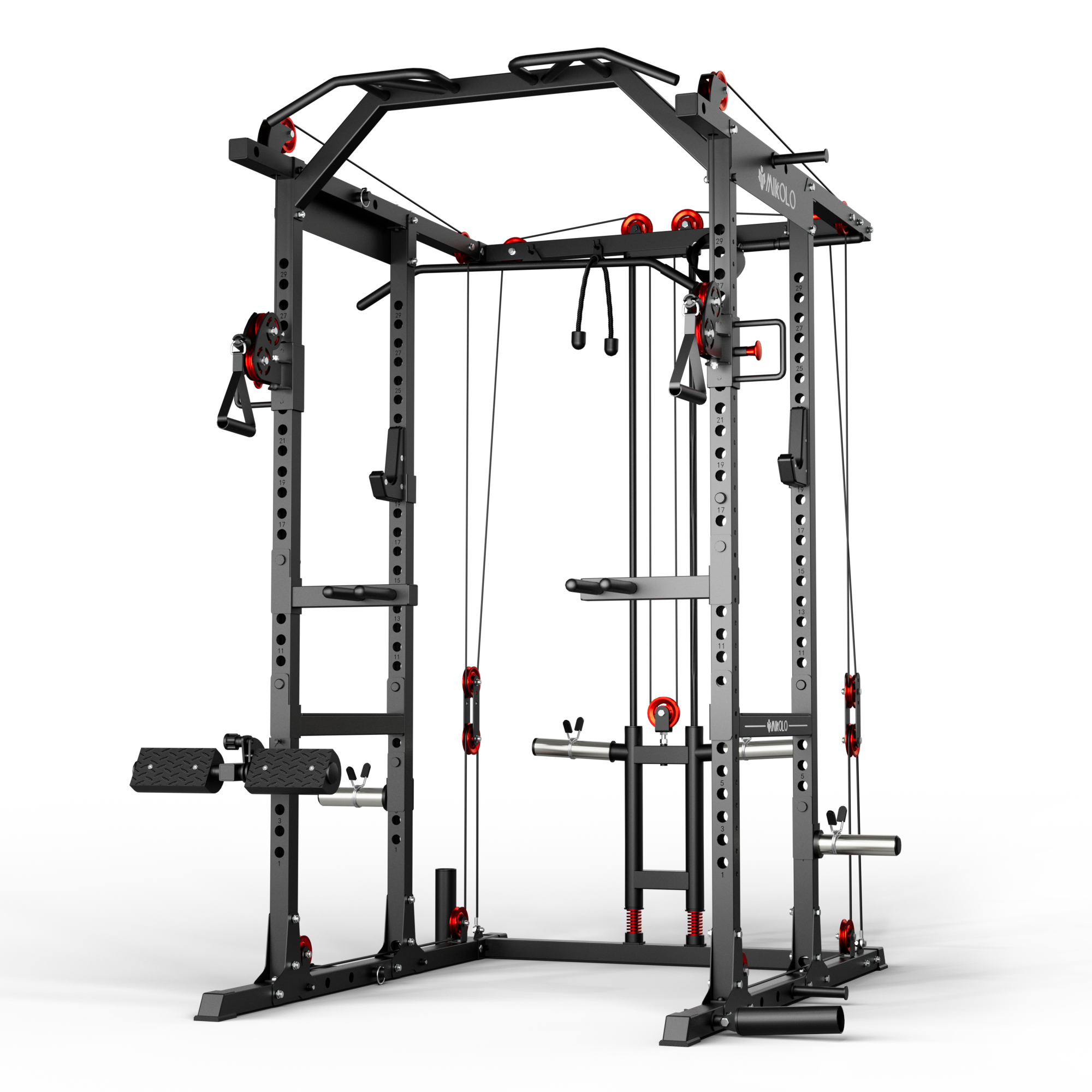
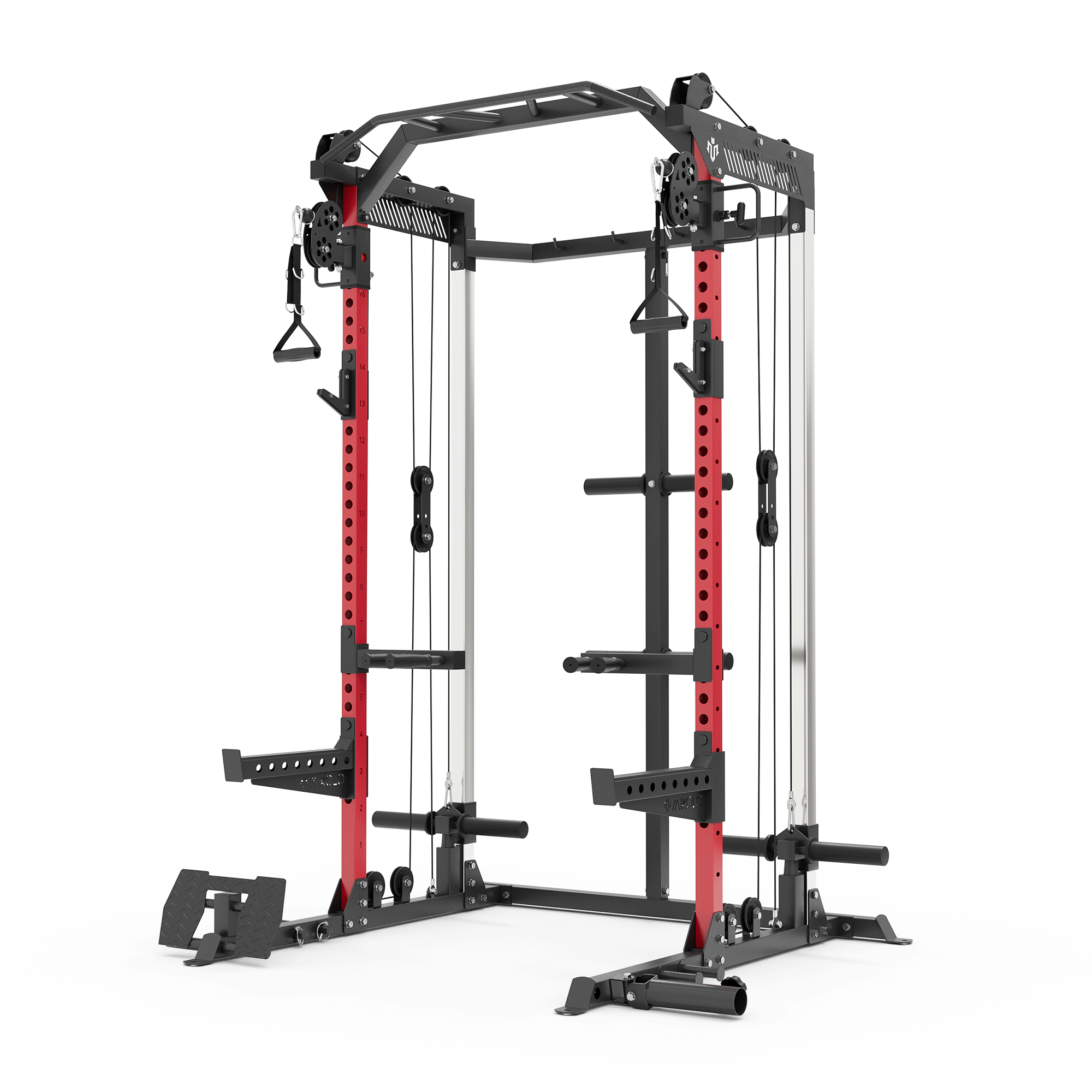
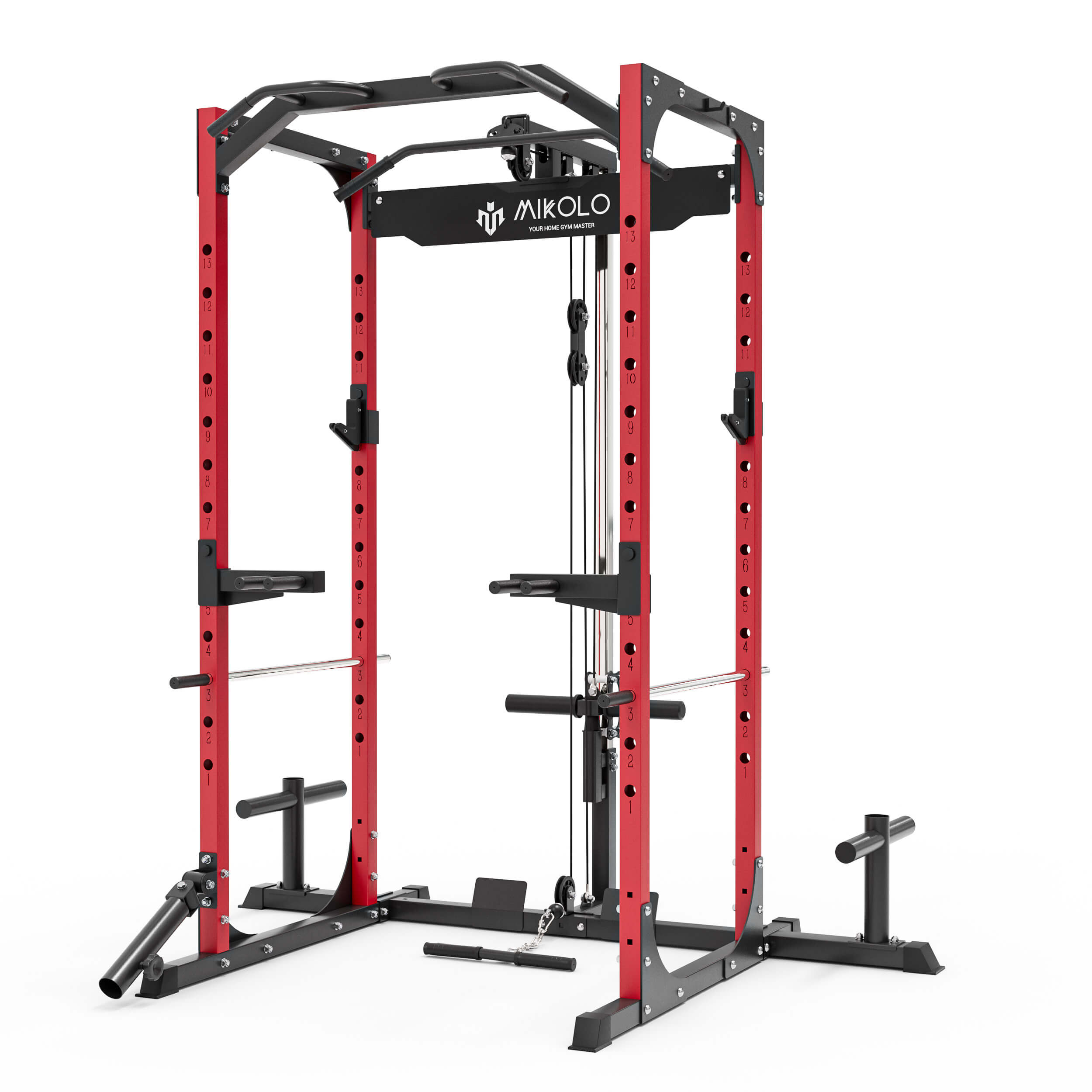




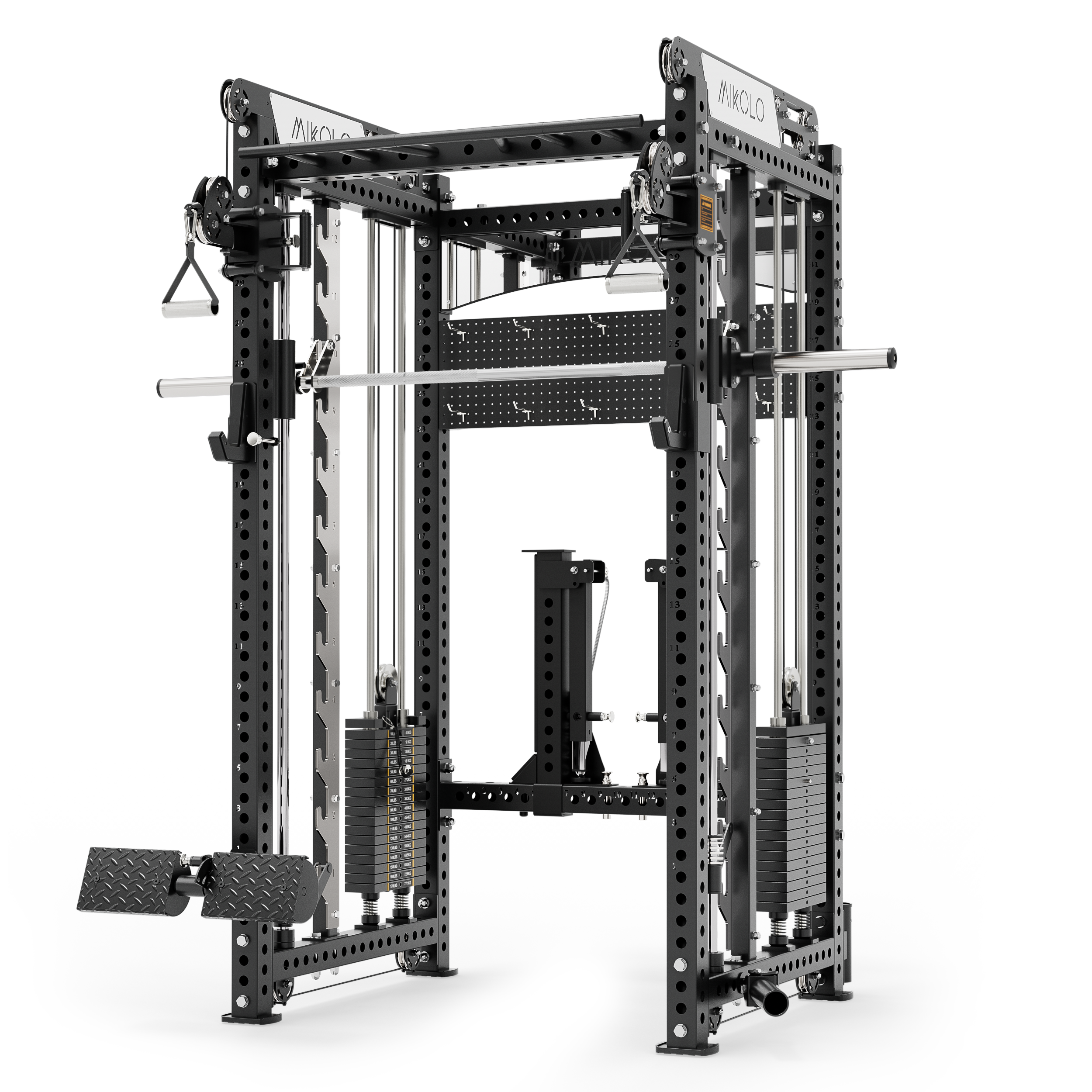
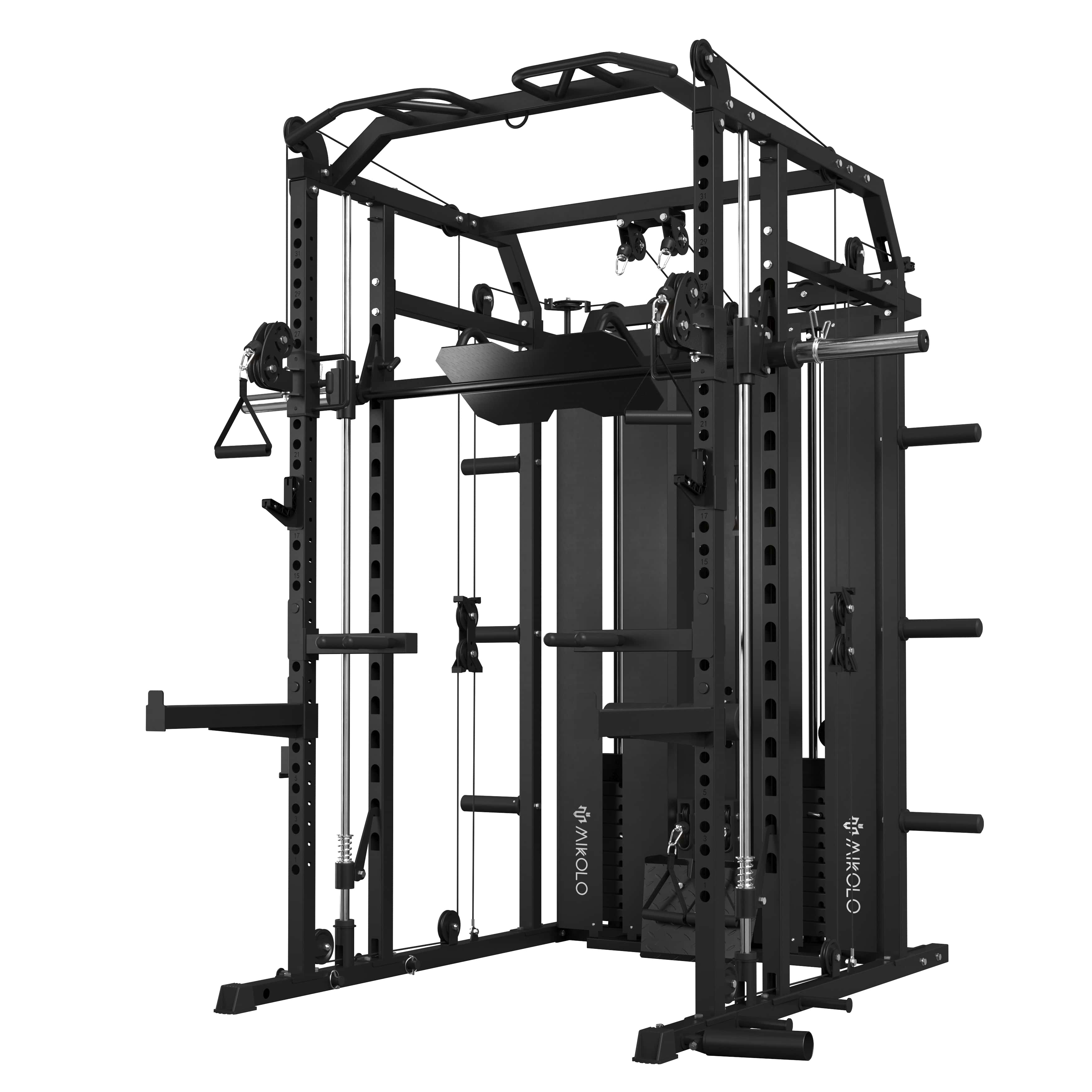
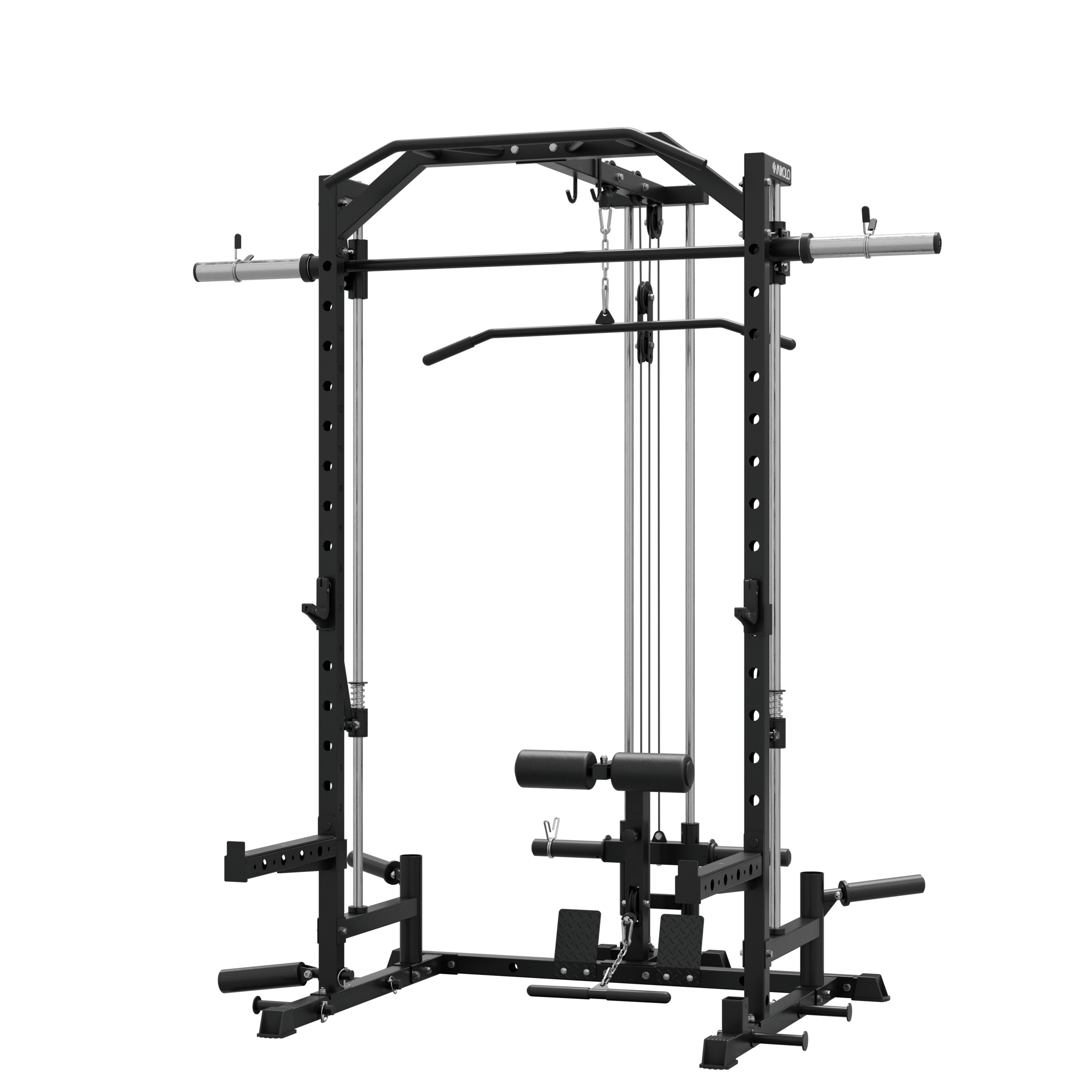
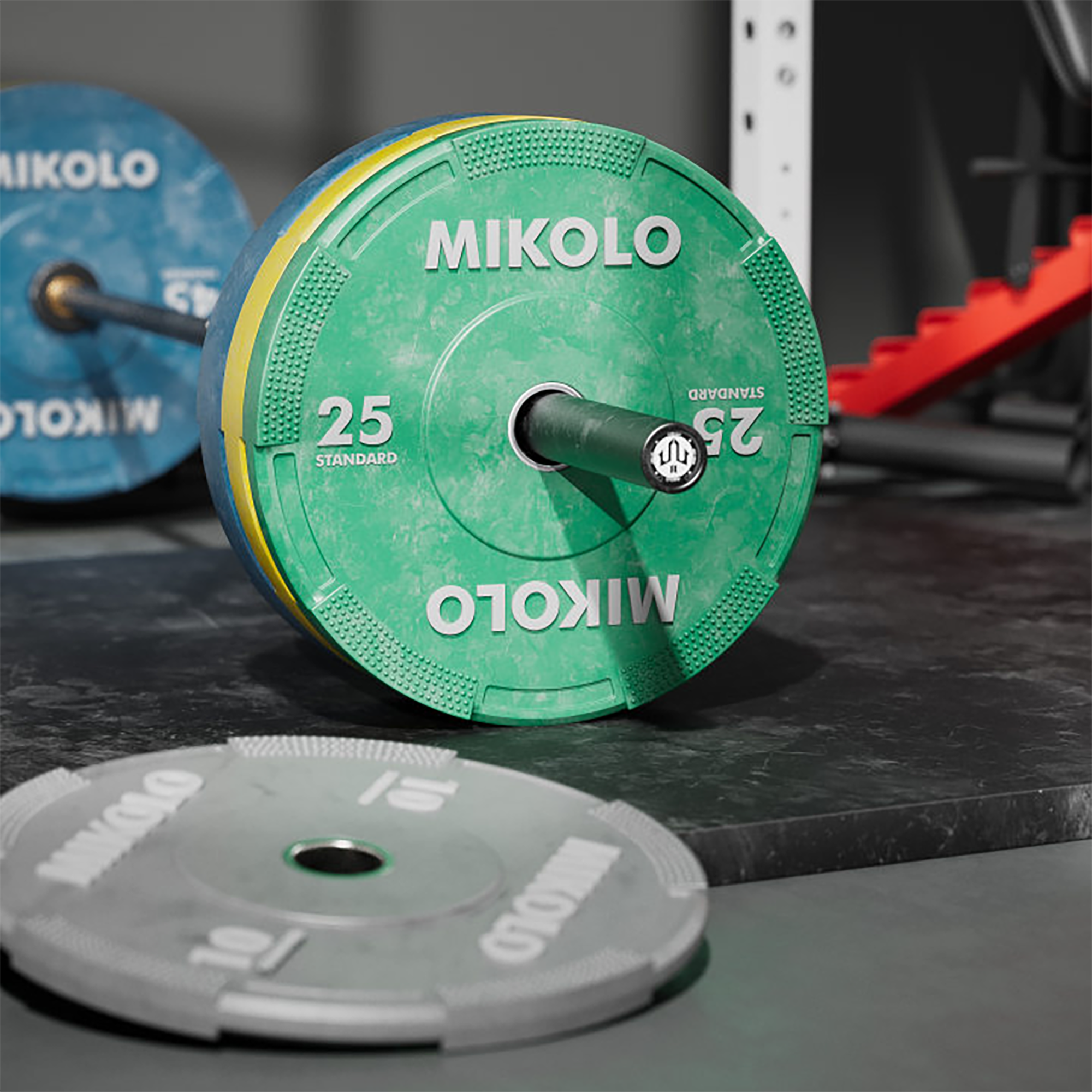





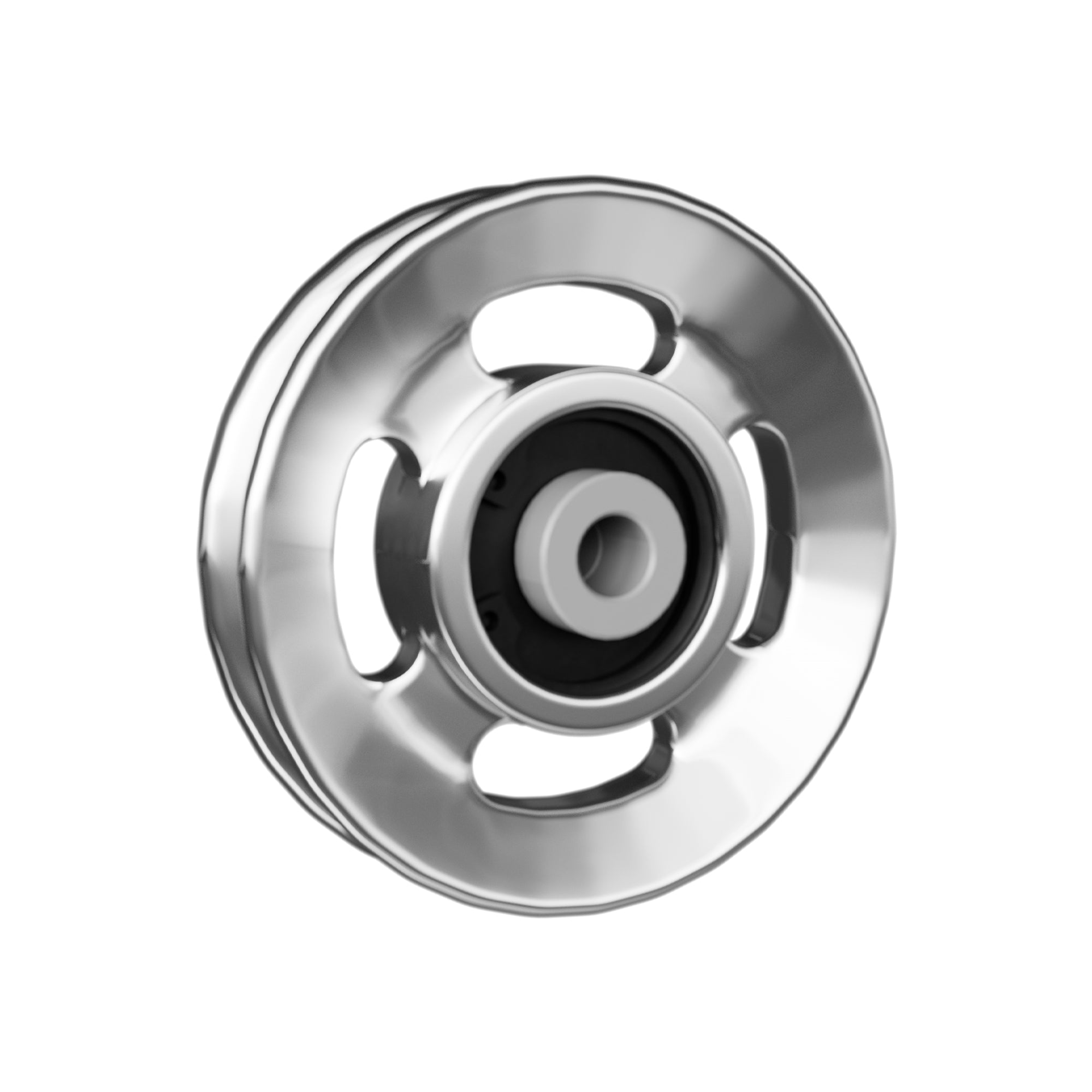

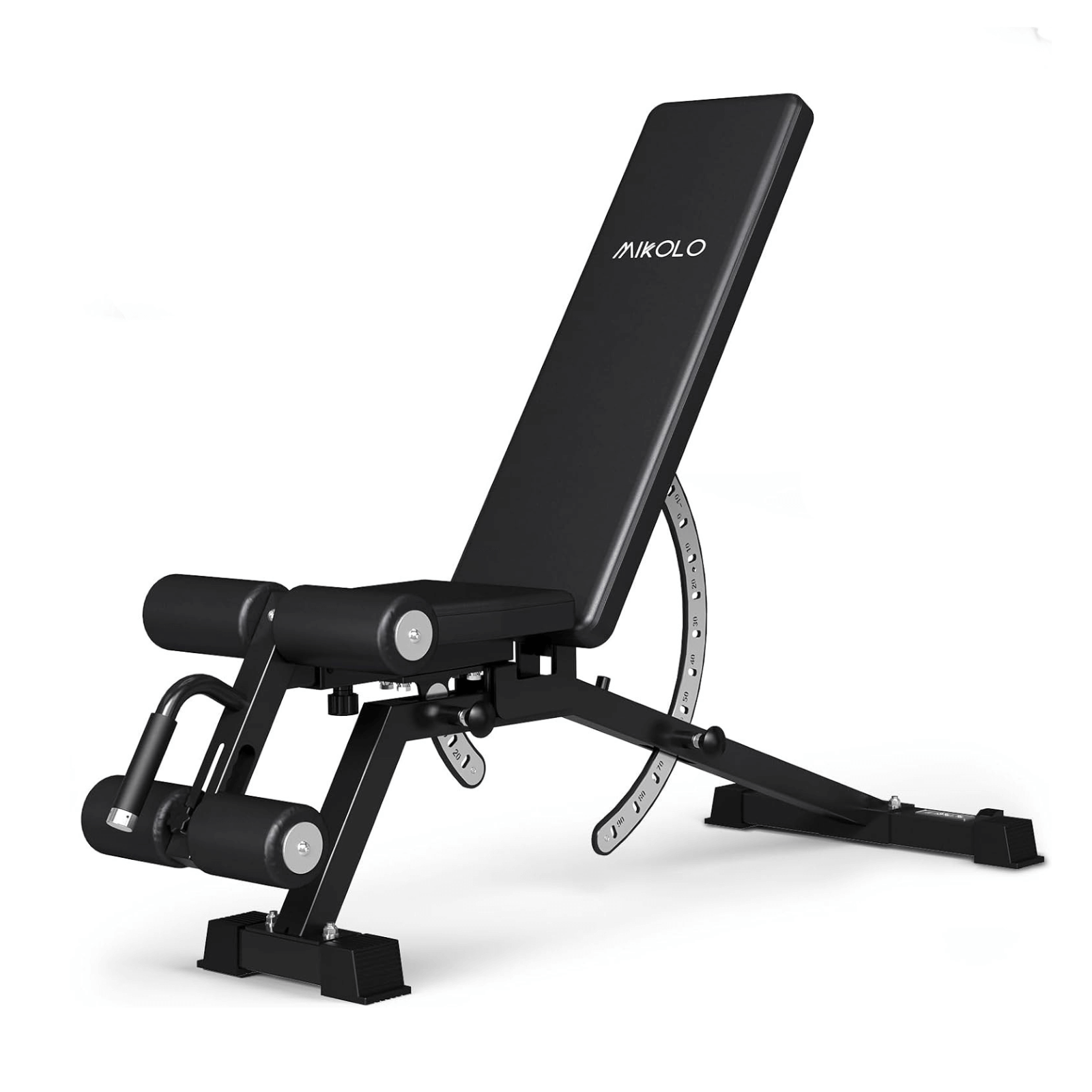

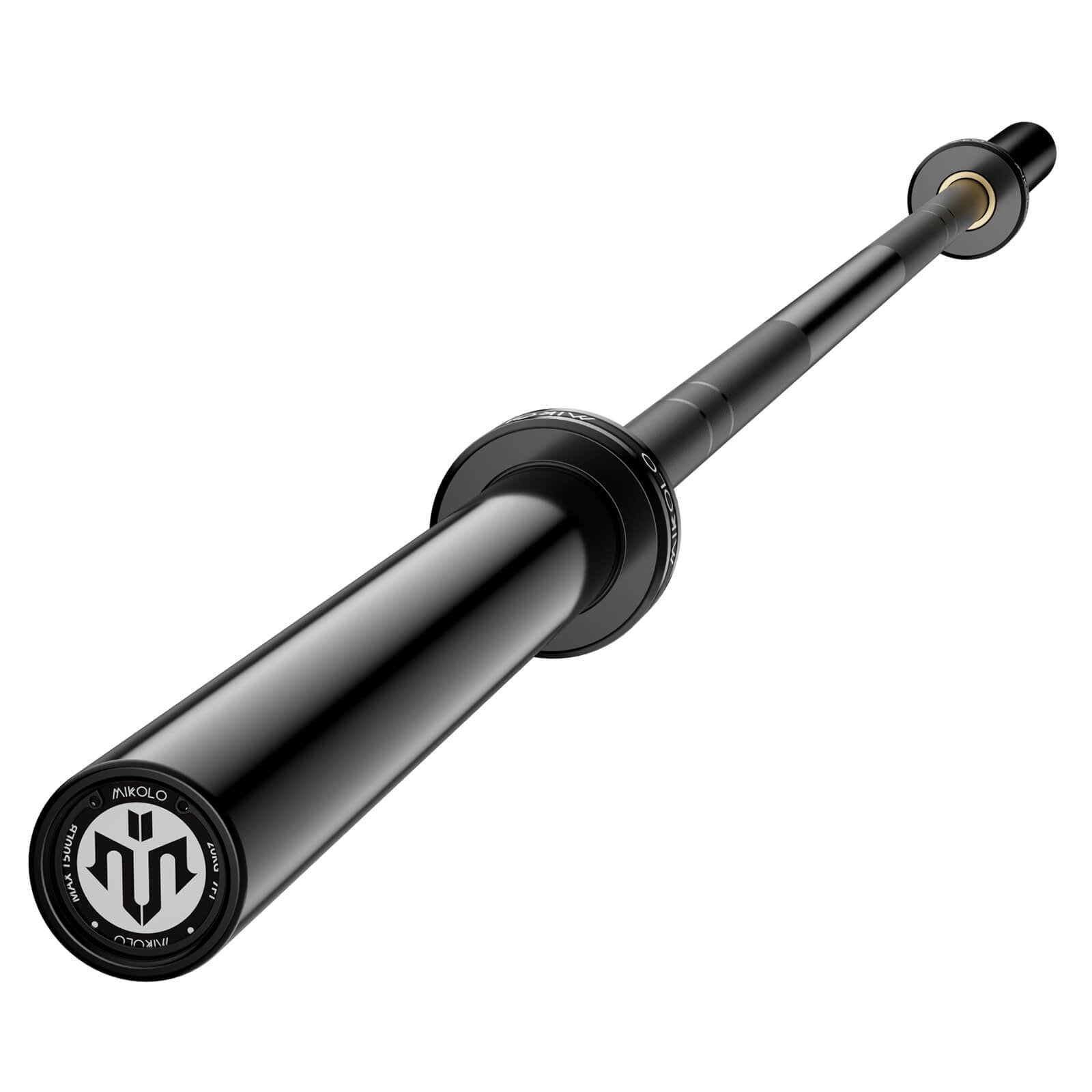
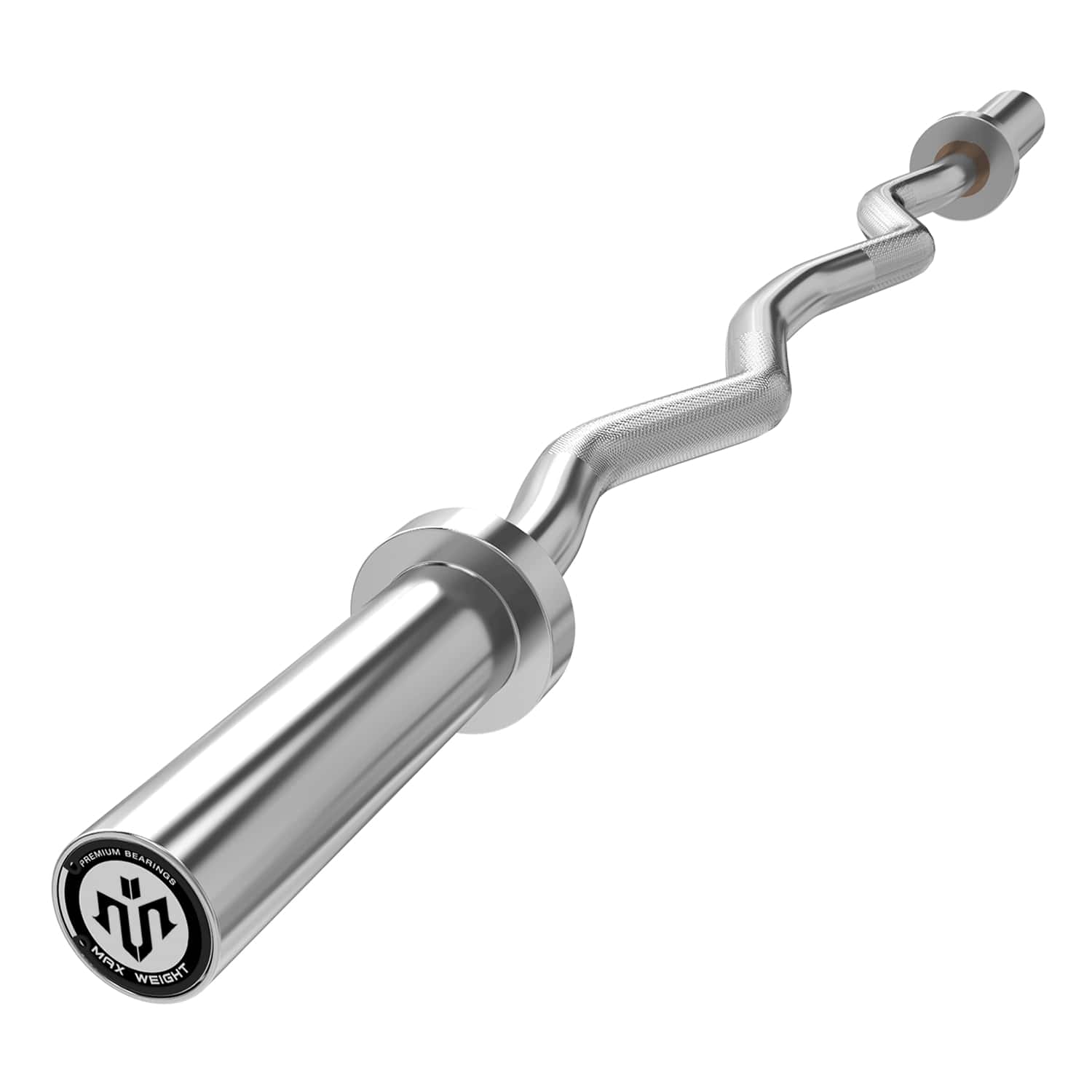

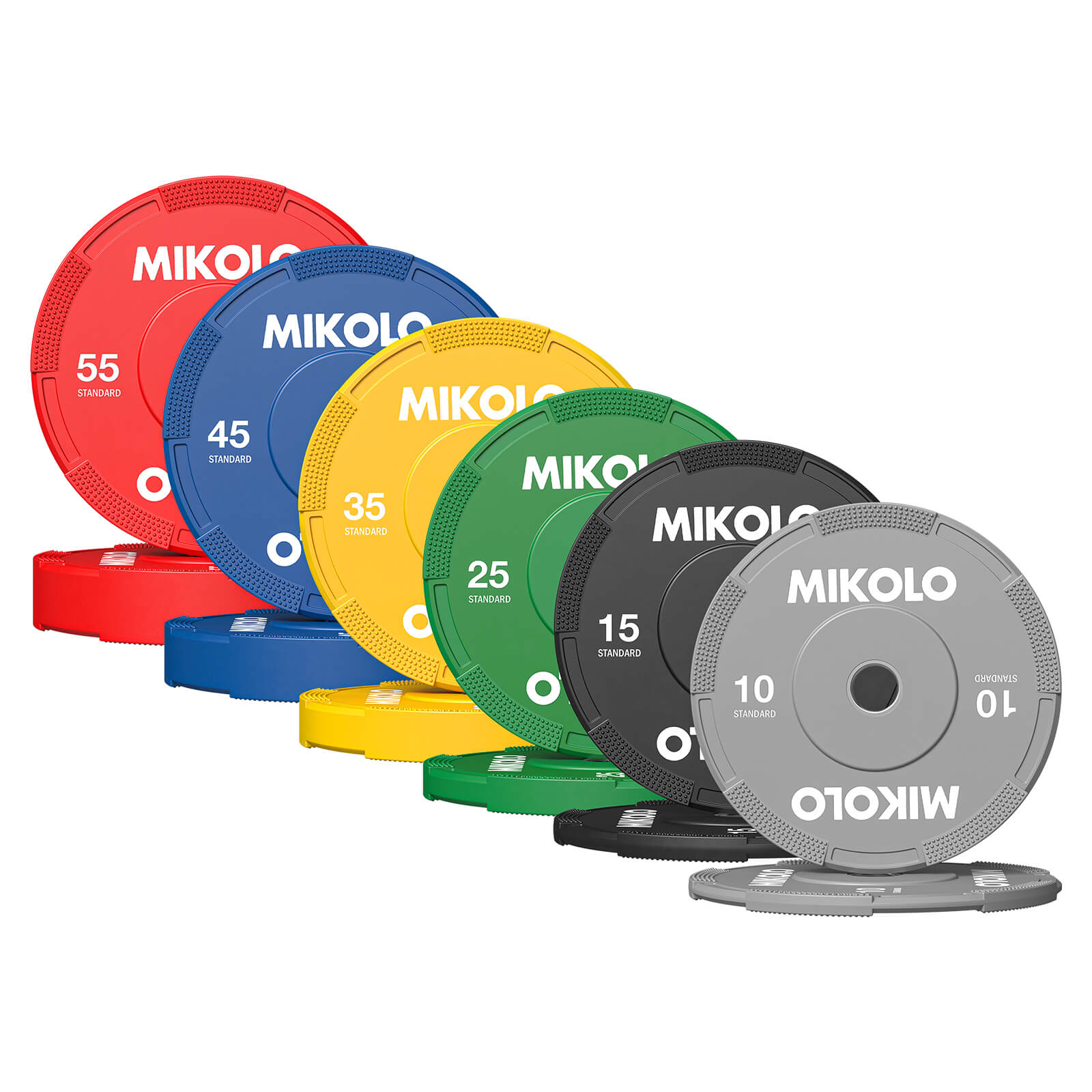
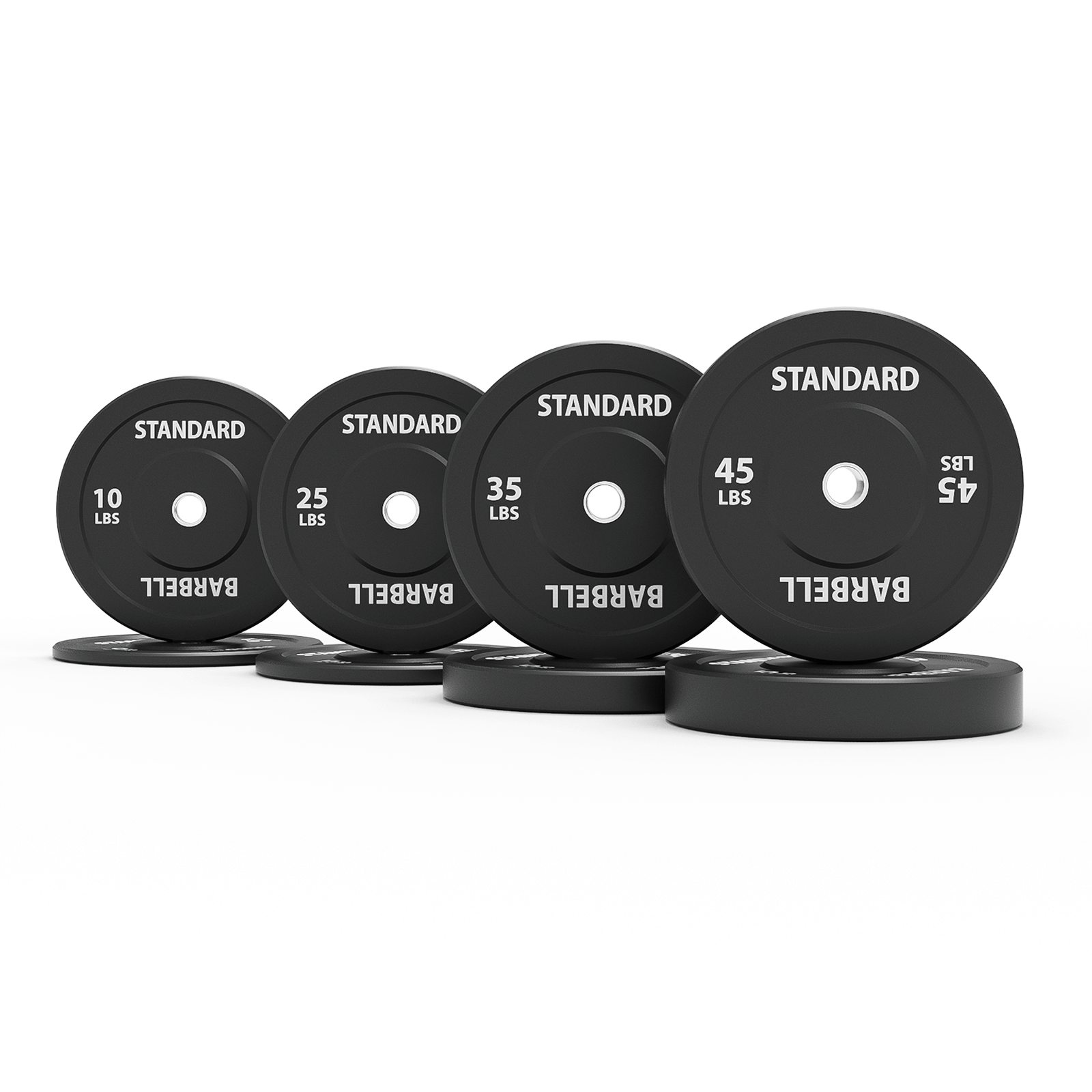
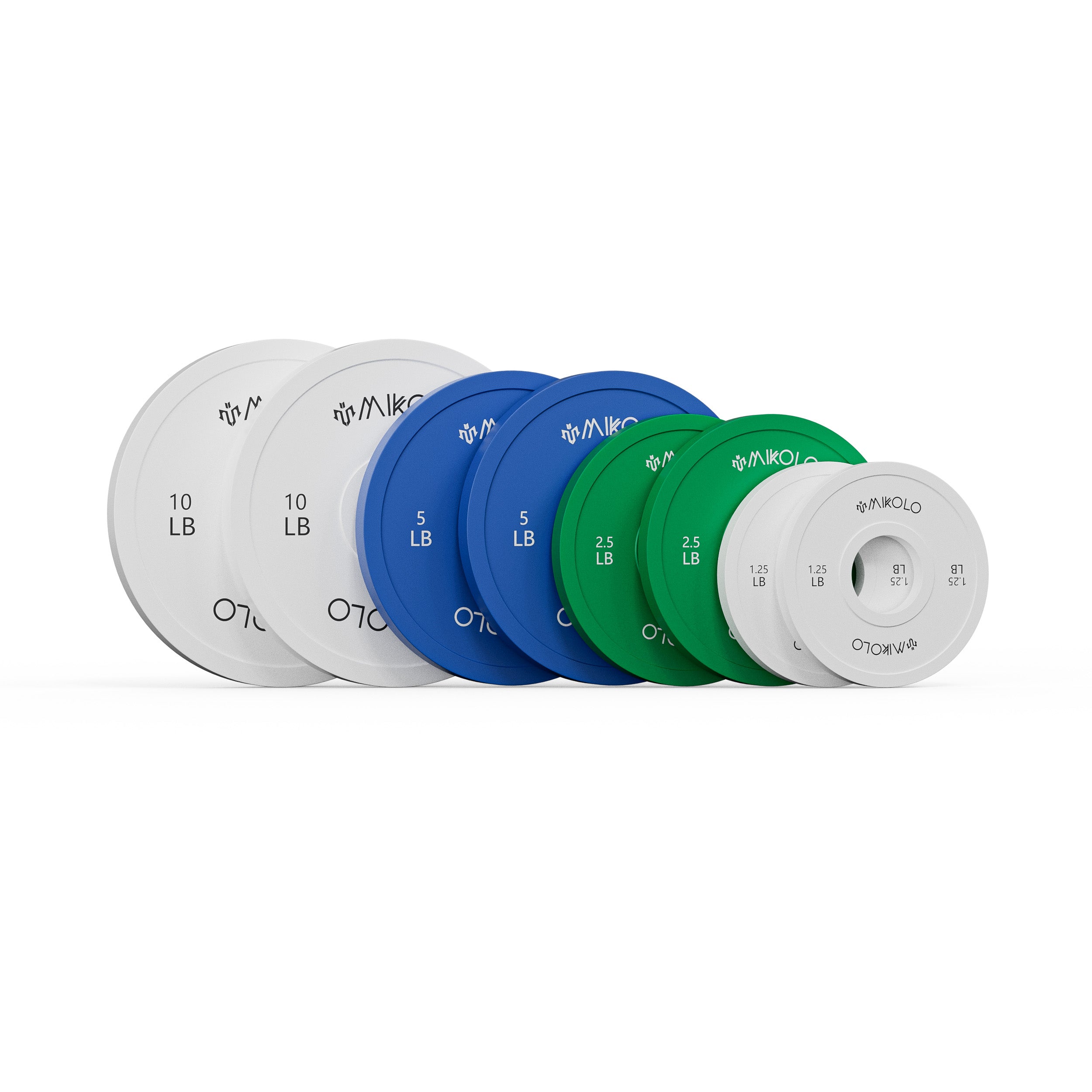

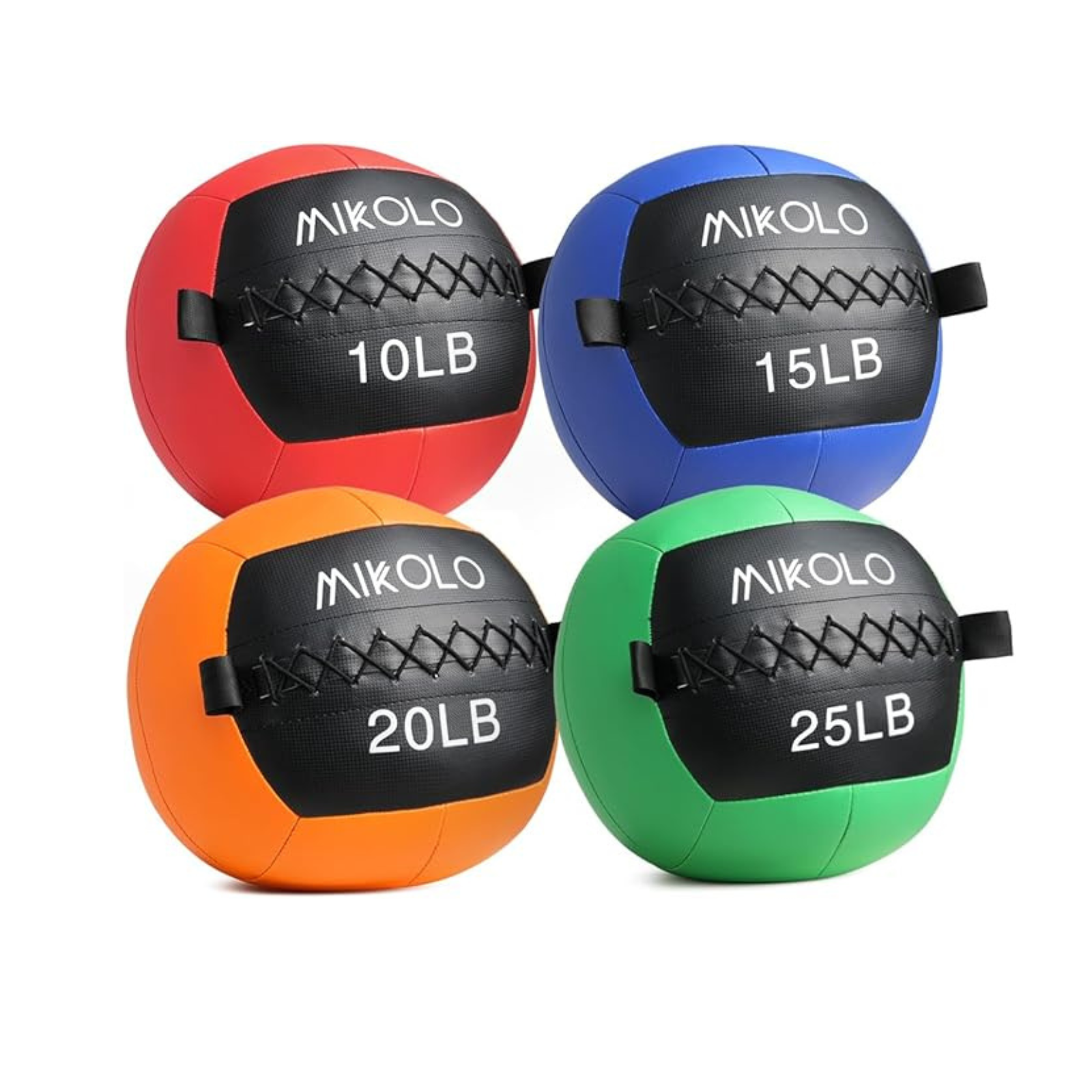
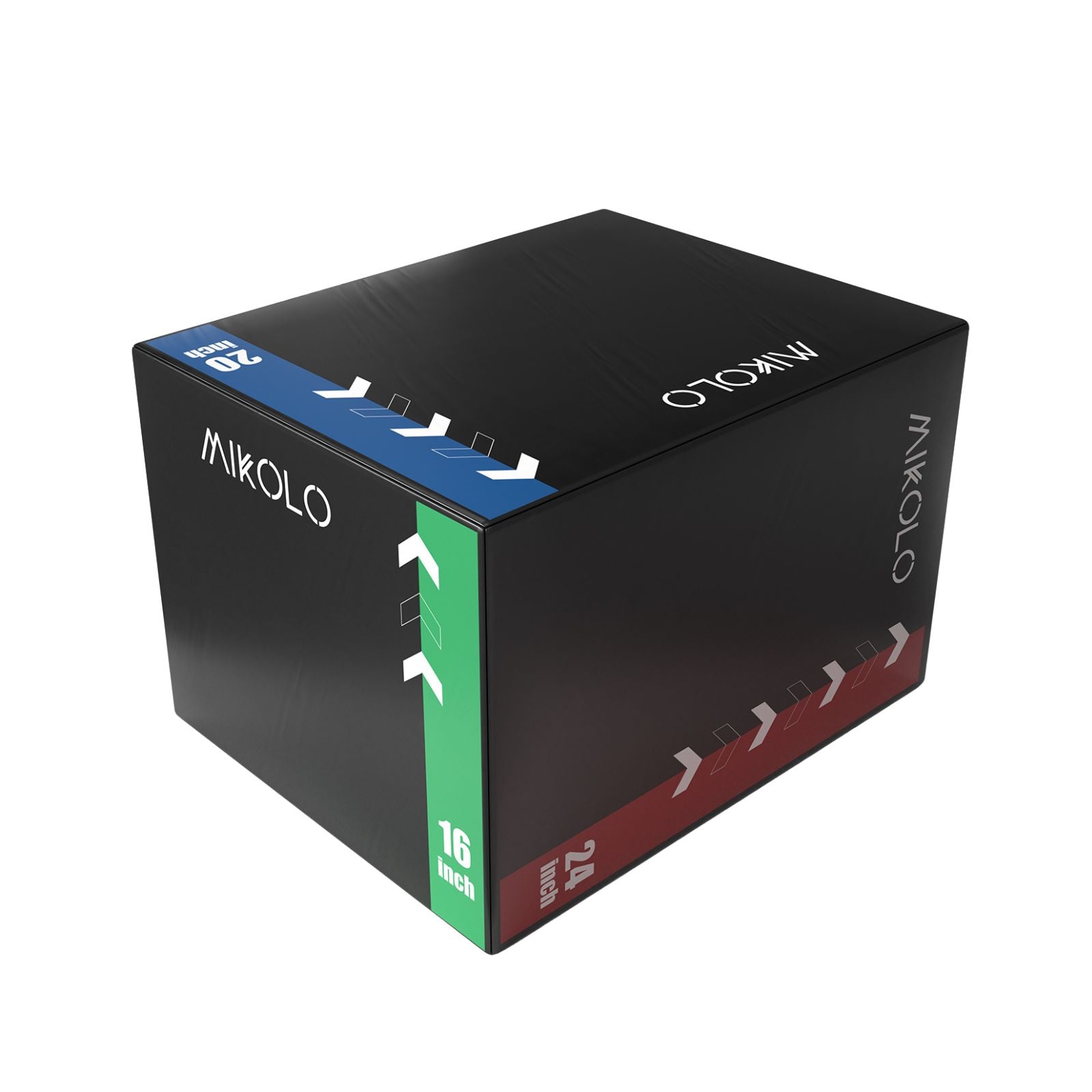
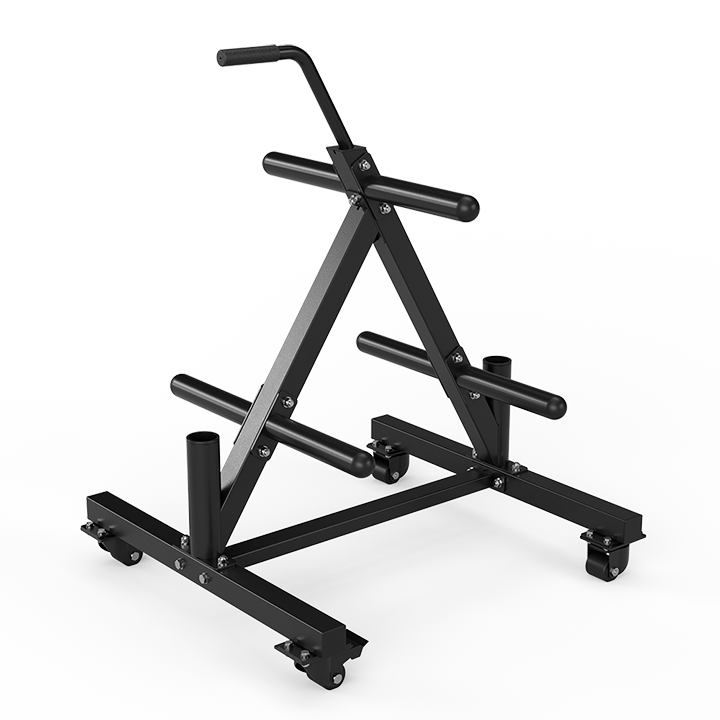
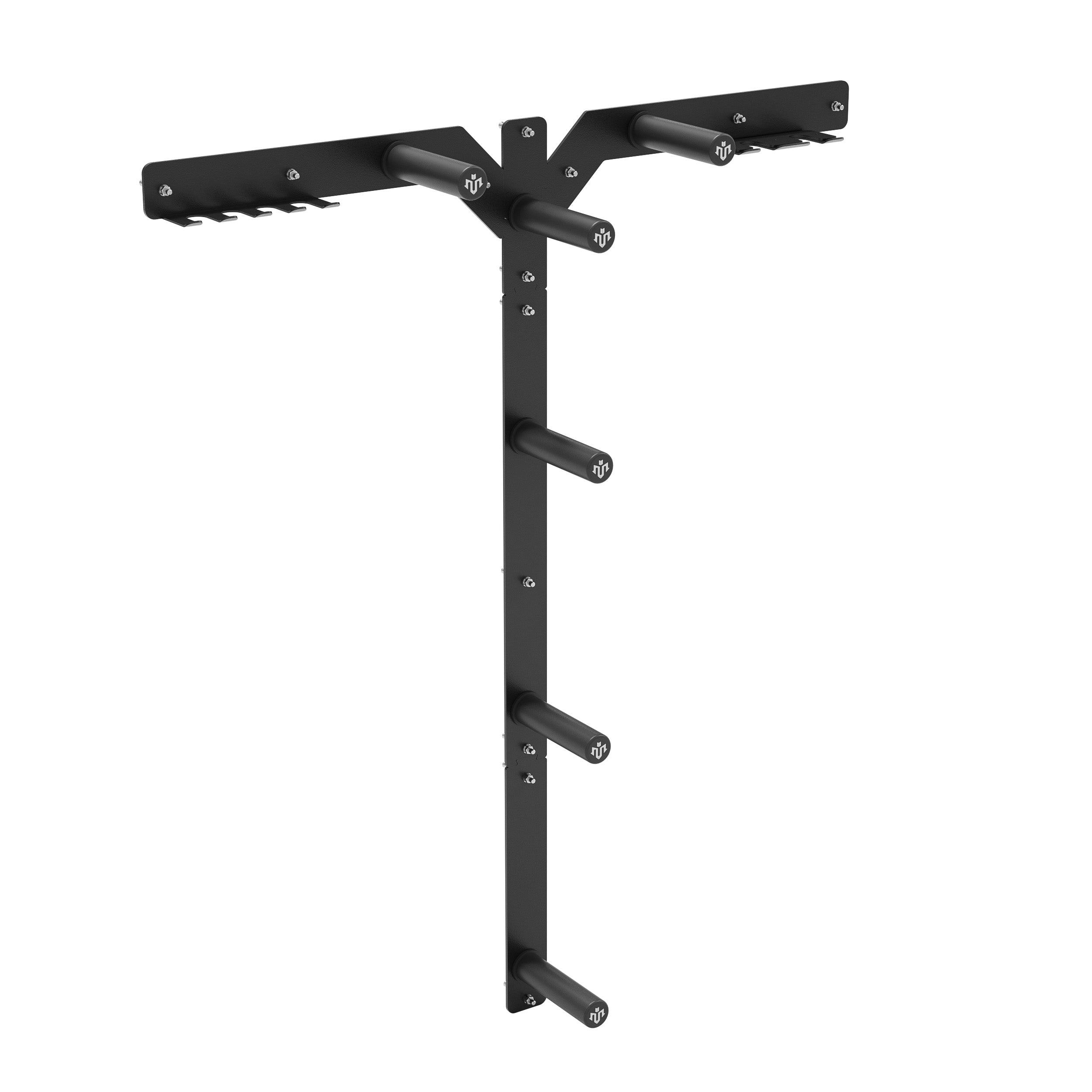




Leave a comment
This site is protected by hCaptcha and the hCaptcha Privacy Policy and Terms of Service apply.